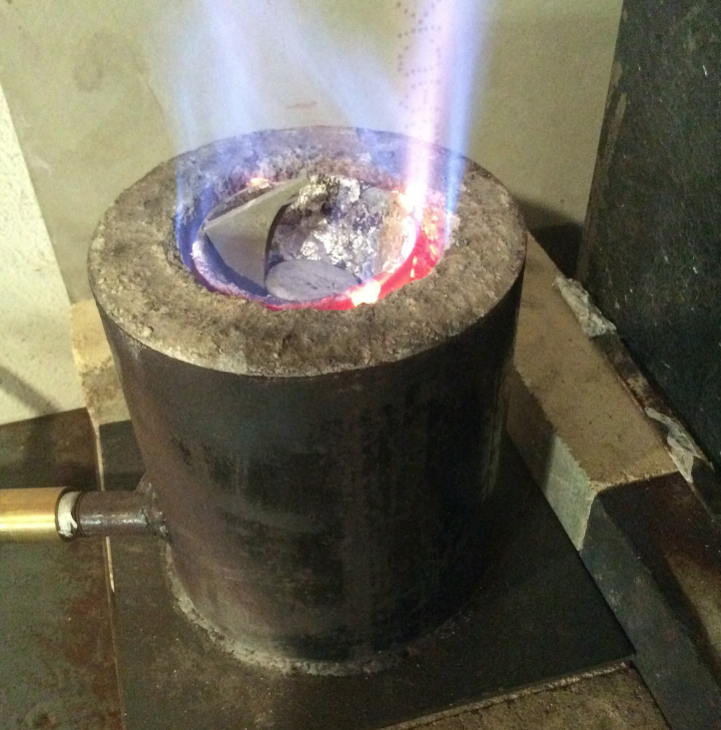
The folks at the University of Washington’s Mechanical Engineering Department have been refining the process of metal casting using 3D printed PLA.
The process might seem straightforward at first:
- 3D print an object
- Encase the object in a casting material
- Put it in a blast furnace to burn out the PLA object, leaving a void in the exact shape of the original 3D printed object
- Pour molten metal into a hole to fill the void
- Wait for it to cool and smash it open to reveal your metal object
But it’s not so straightforward. The team at Open3DP have been diligently testing many variations of the “Lost PLA” technique and have developed “100+ pages” of documentation on the process.
The provide information on the design of an appropriate blast furnace, as well as timing and temperature details on how best to use it for burning out PLA.
They’ve tested casting of various critical geometries, including thin walls and most importantly, holes. The final metal object’s geometry is dependent on shrinkage. They say:
The hard part is conceptualizing how volumetric shrinkage occurs. Basically the part will shrink ~2-3% depending on the alloy, but holes will get bigger as metal contracts from the side walls of the plaster. This means that parts need to be scale up ~2% while holes need to shrink by 2%.
We haven’t yet attempted this process, but if you have interest, best read their detailed post below.
Via Open3DP

